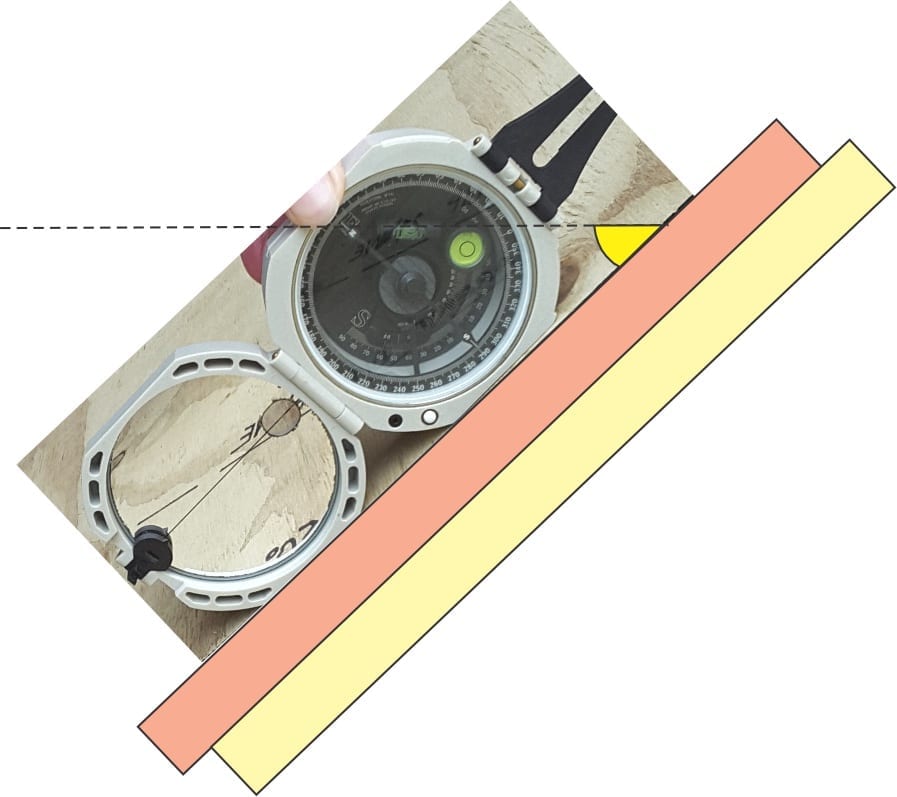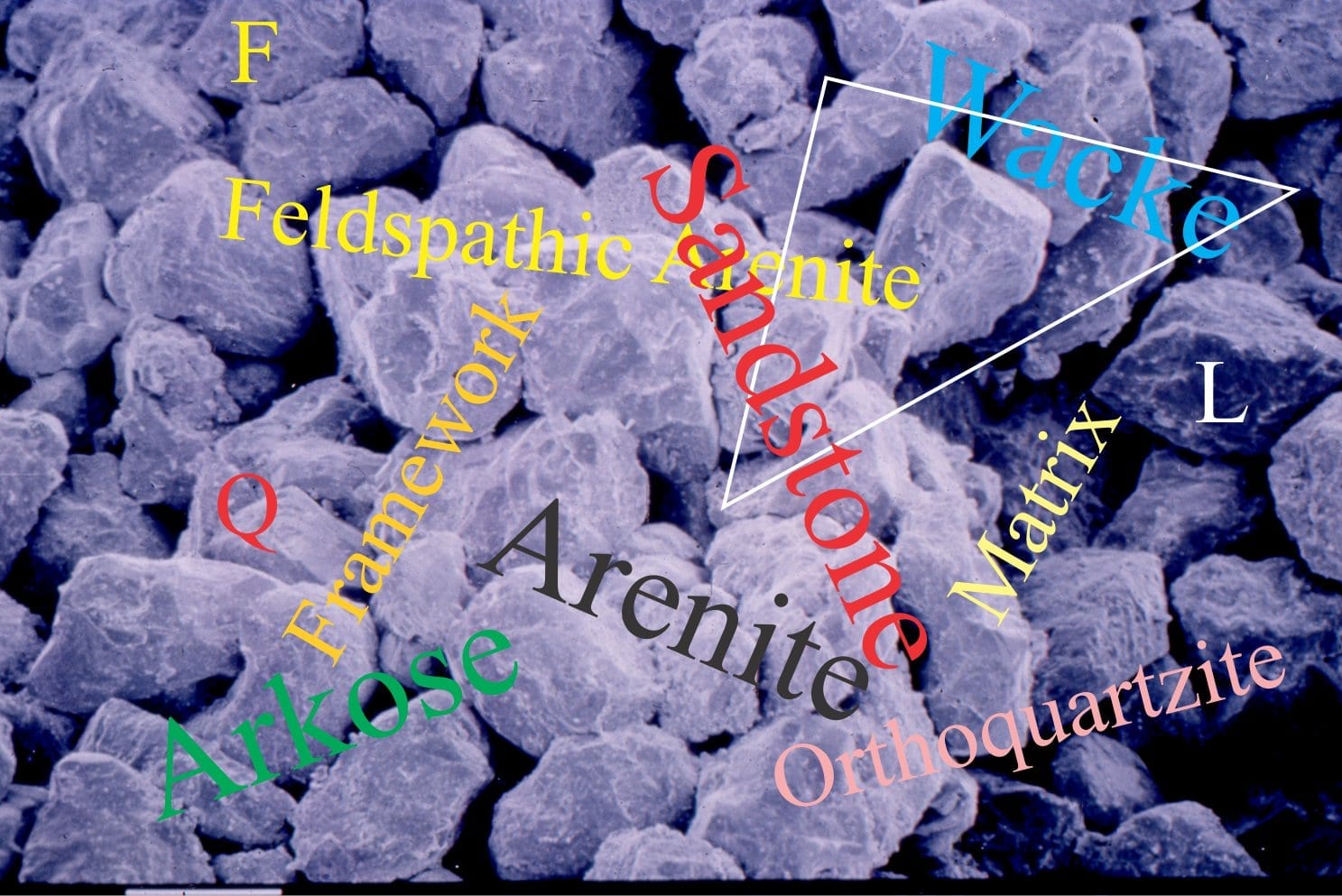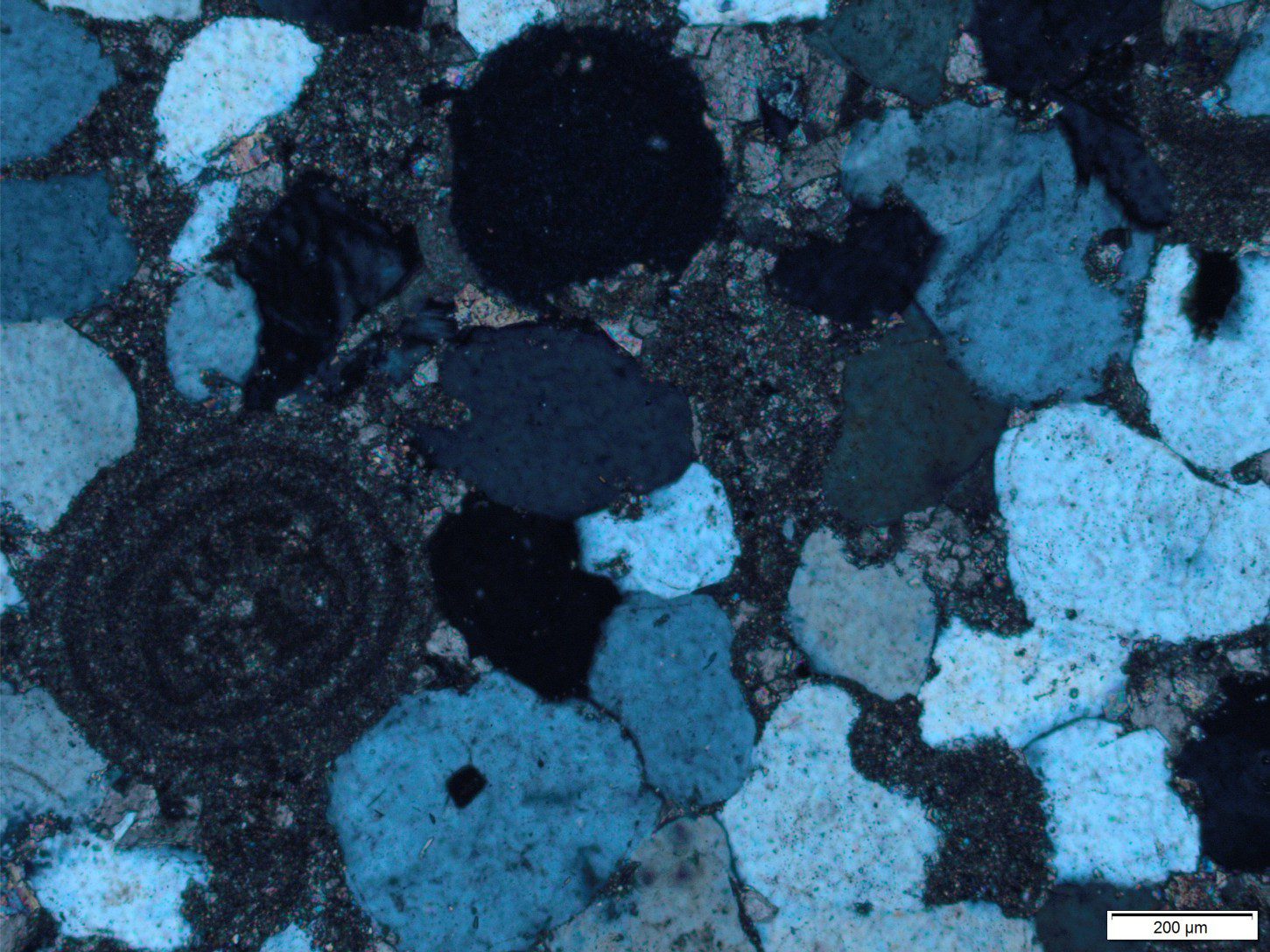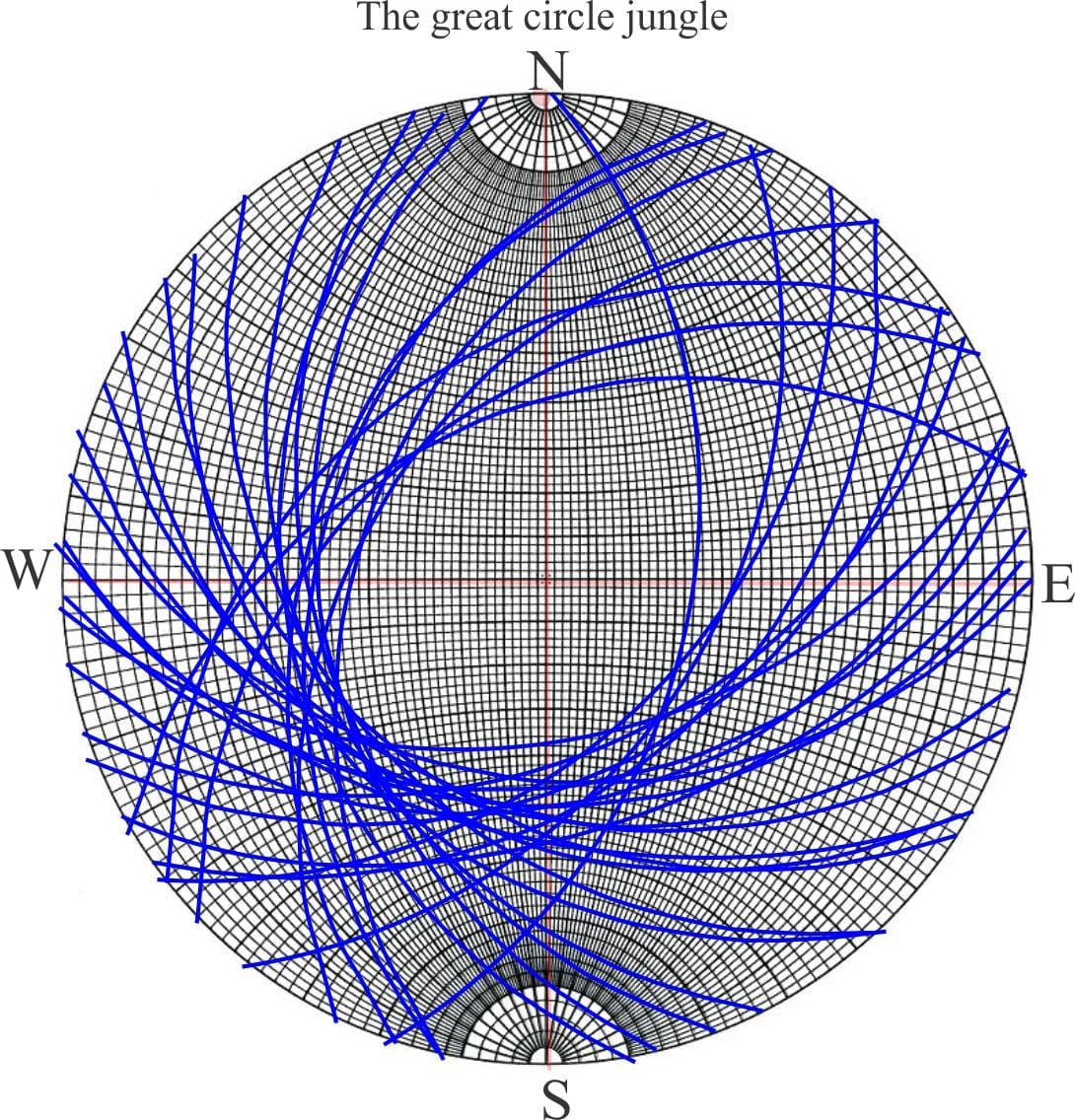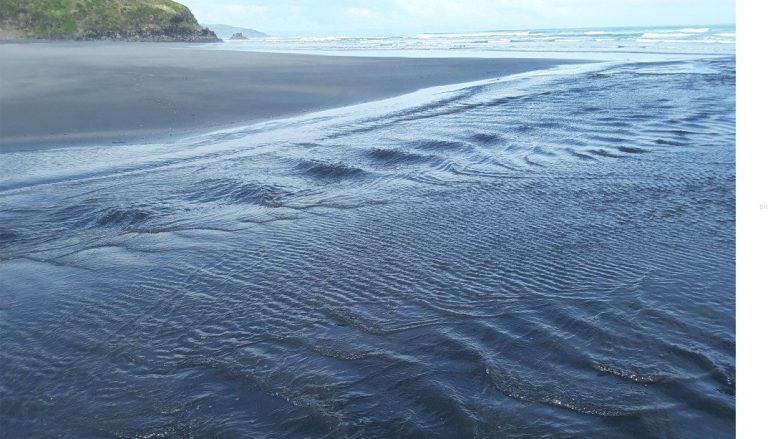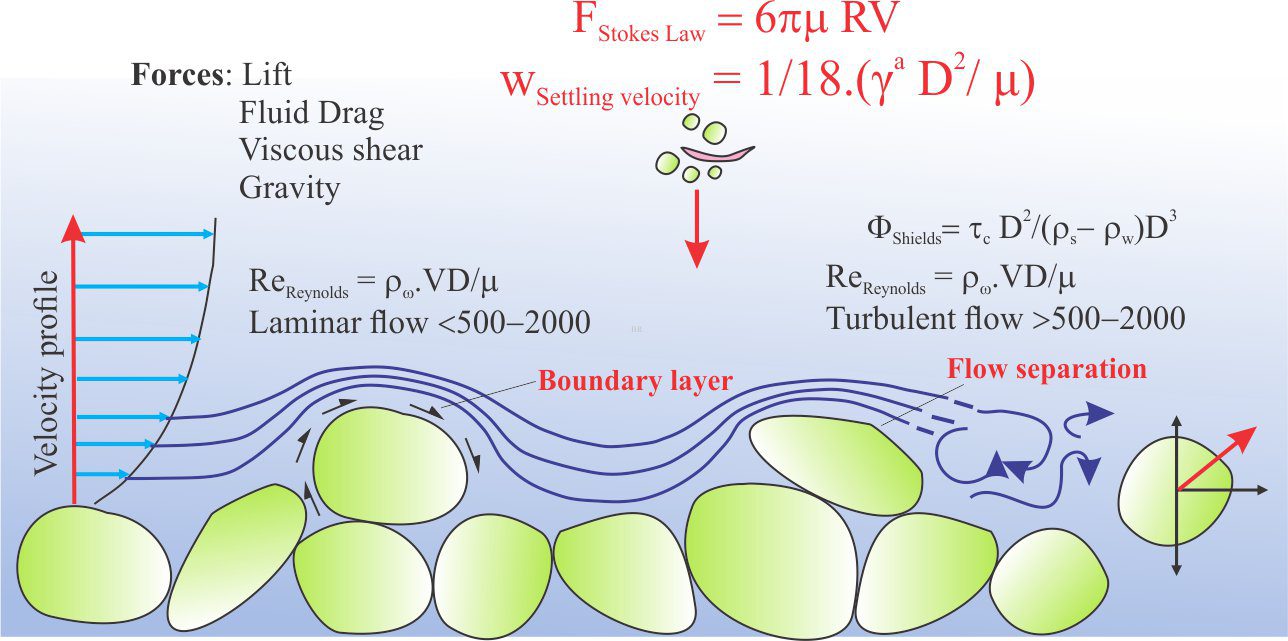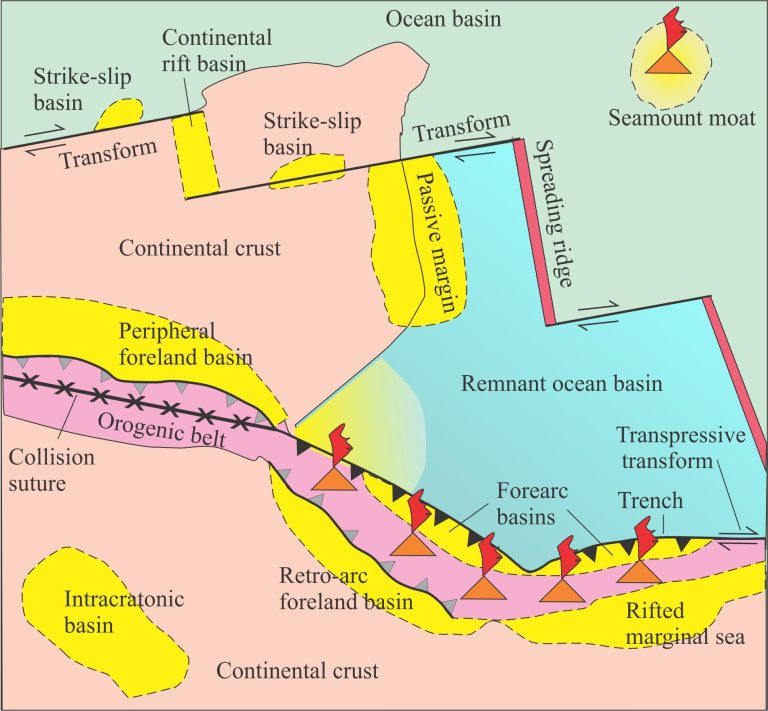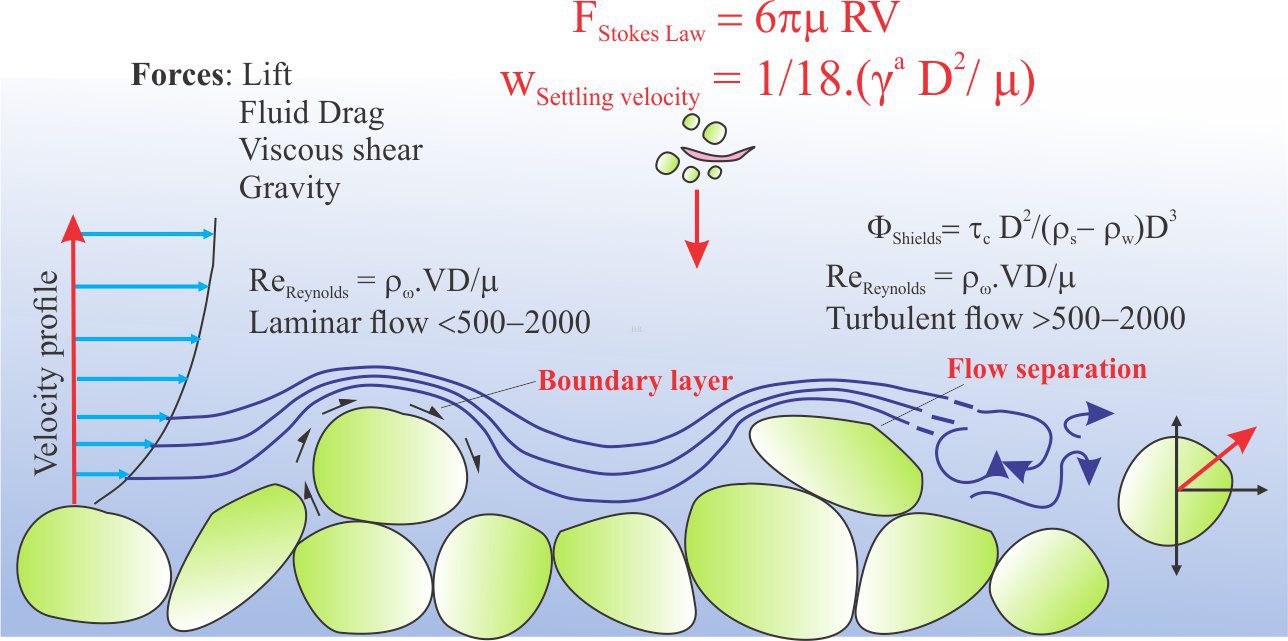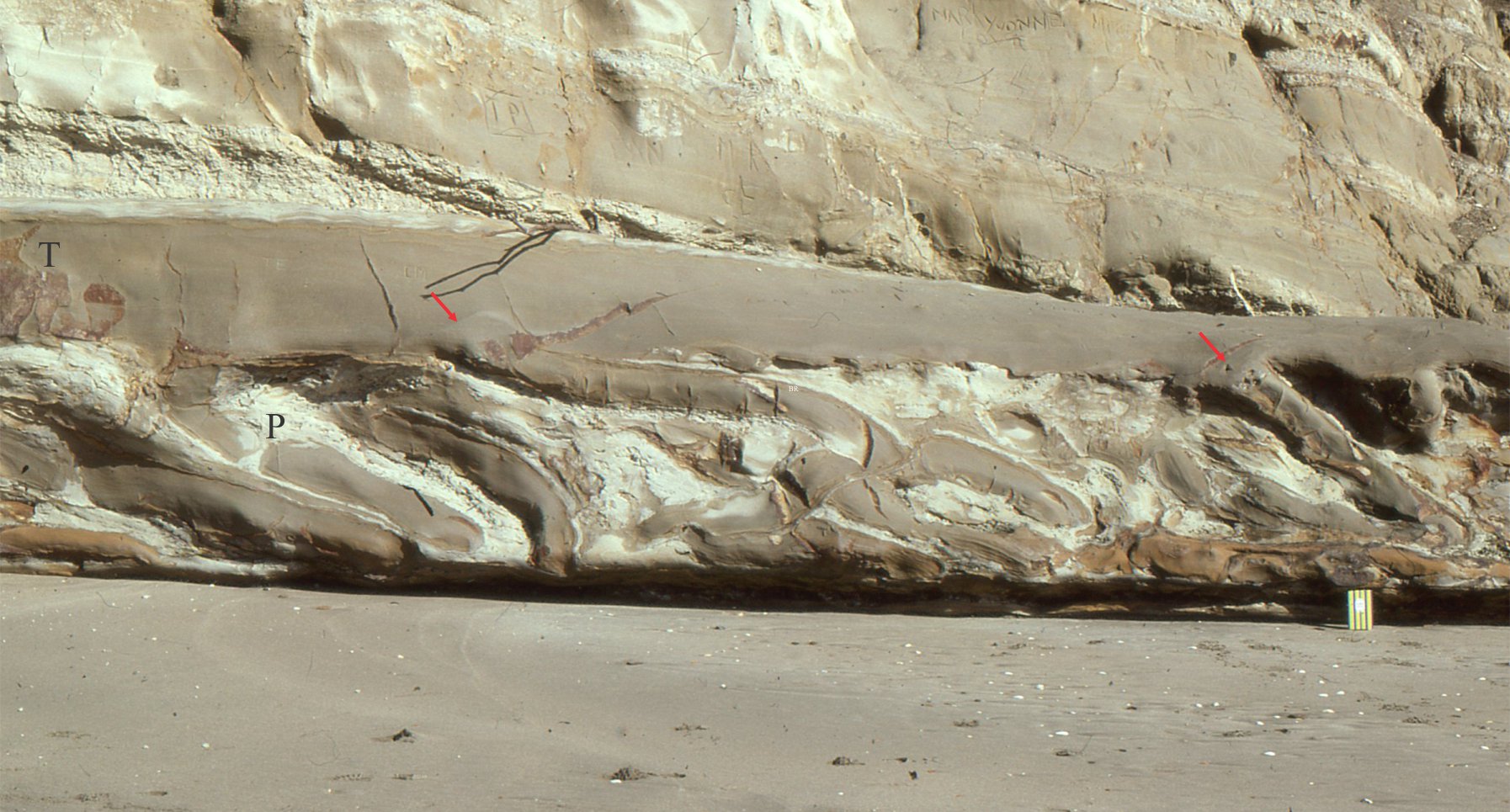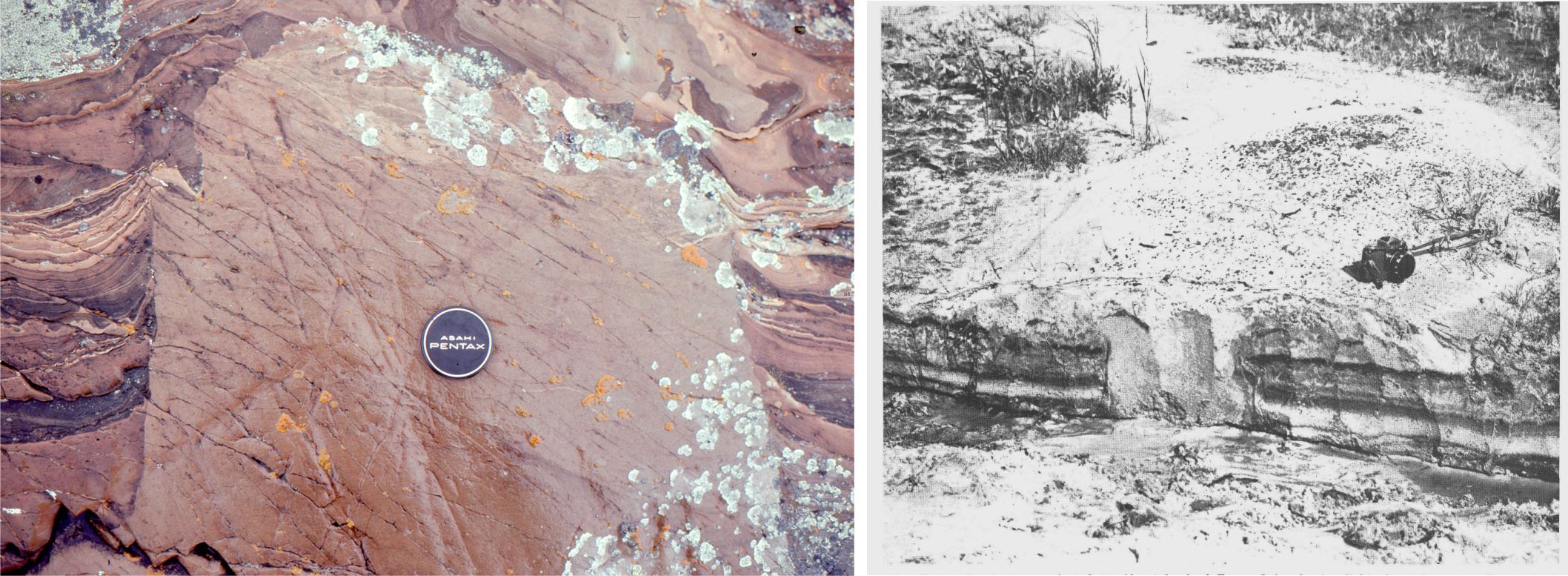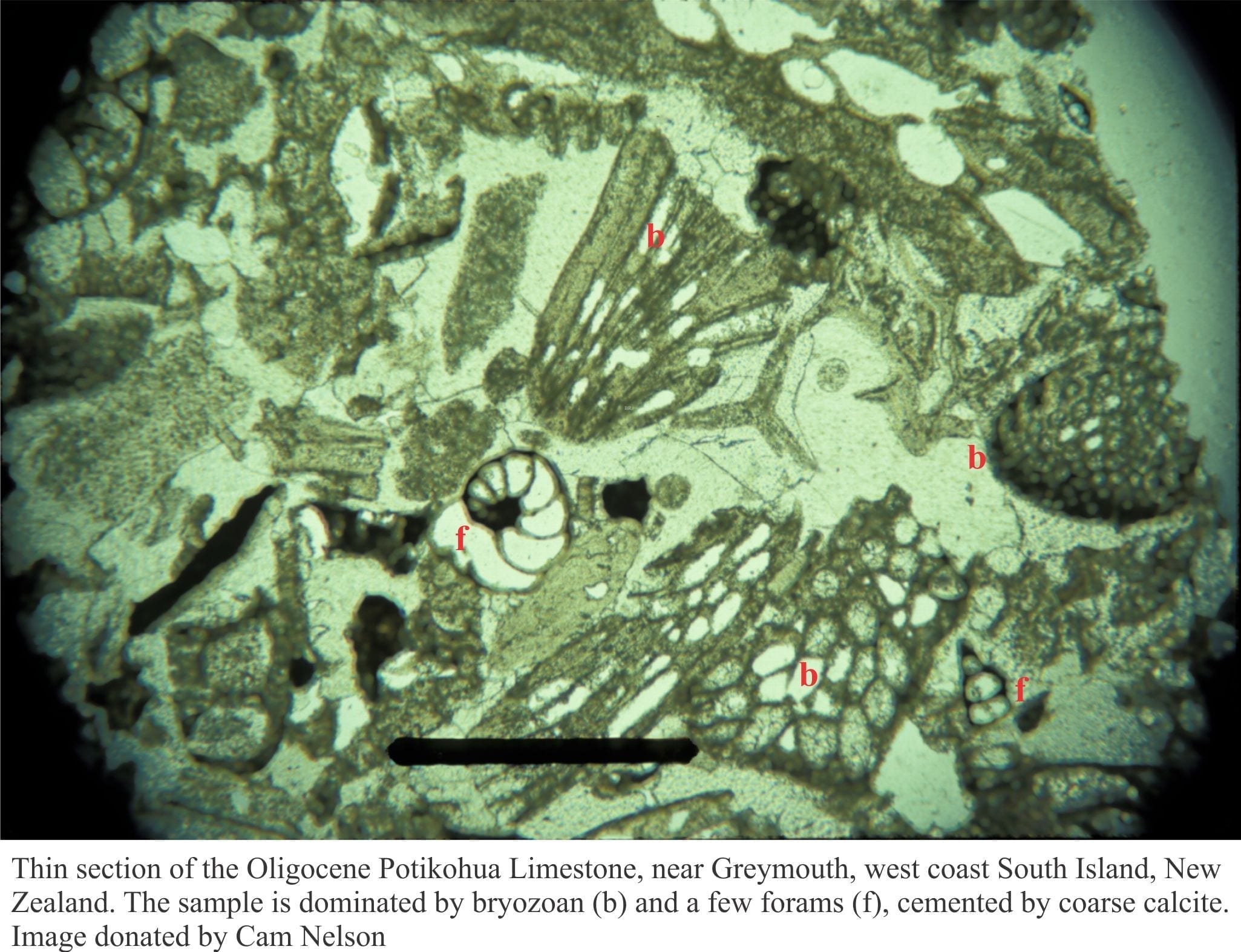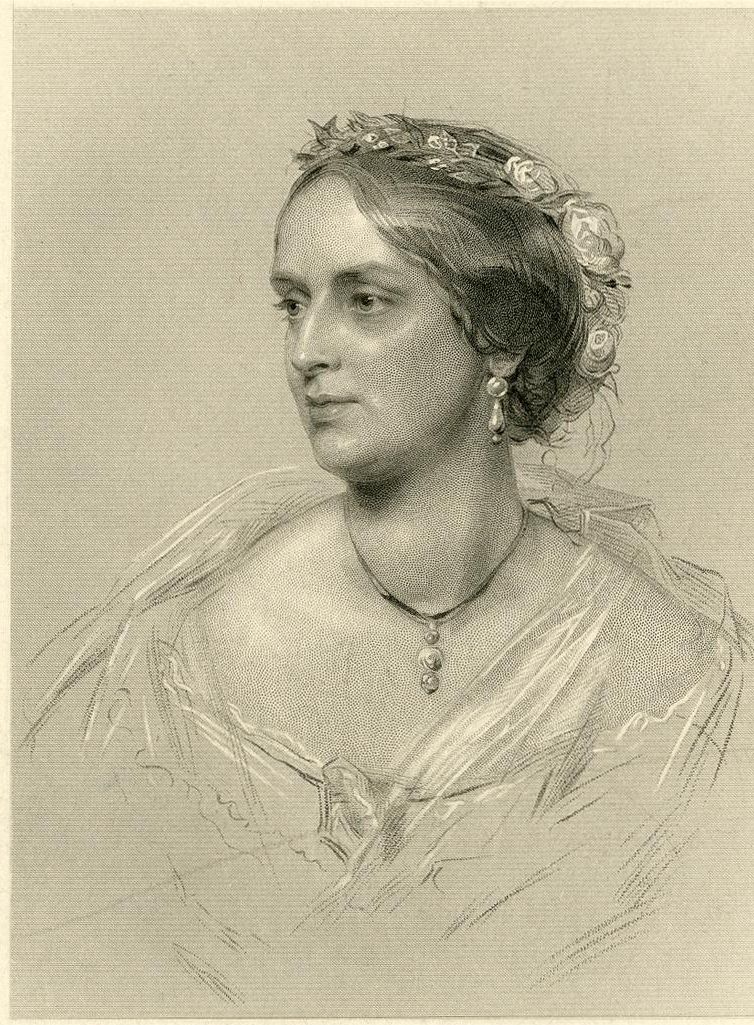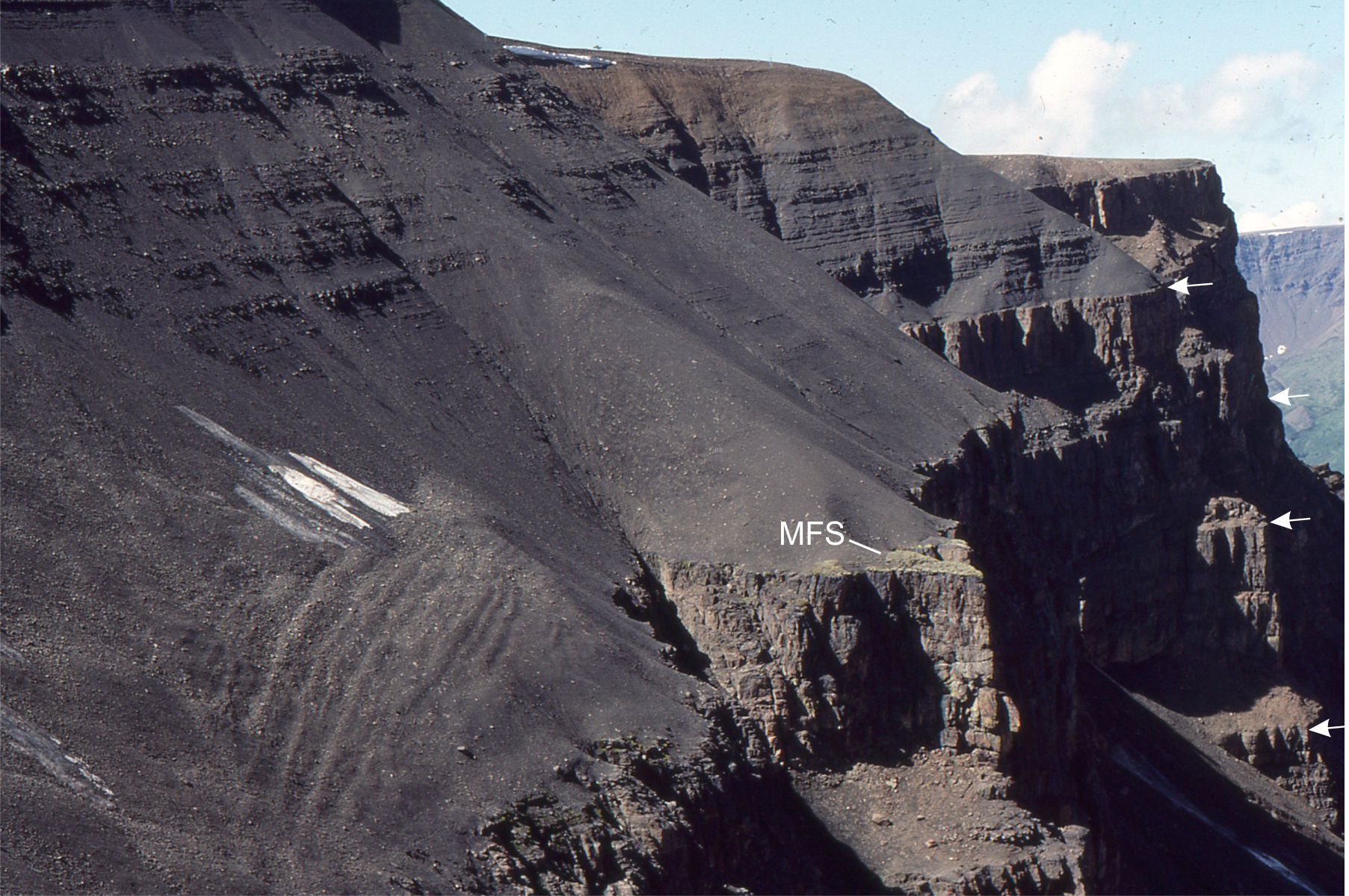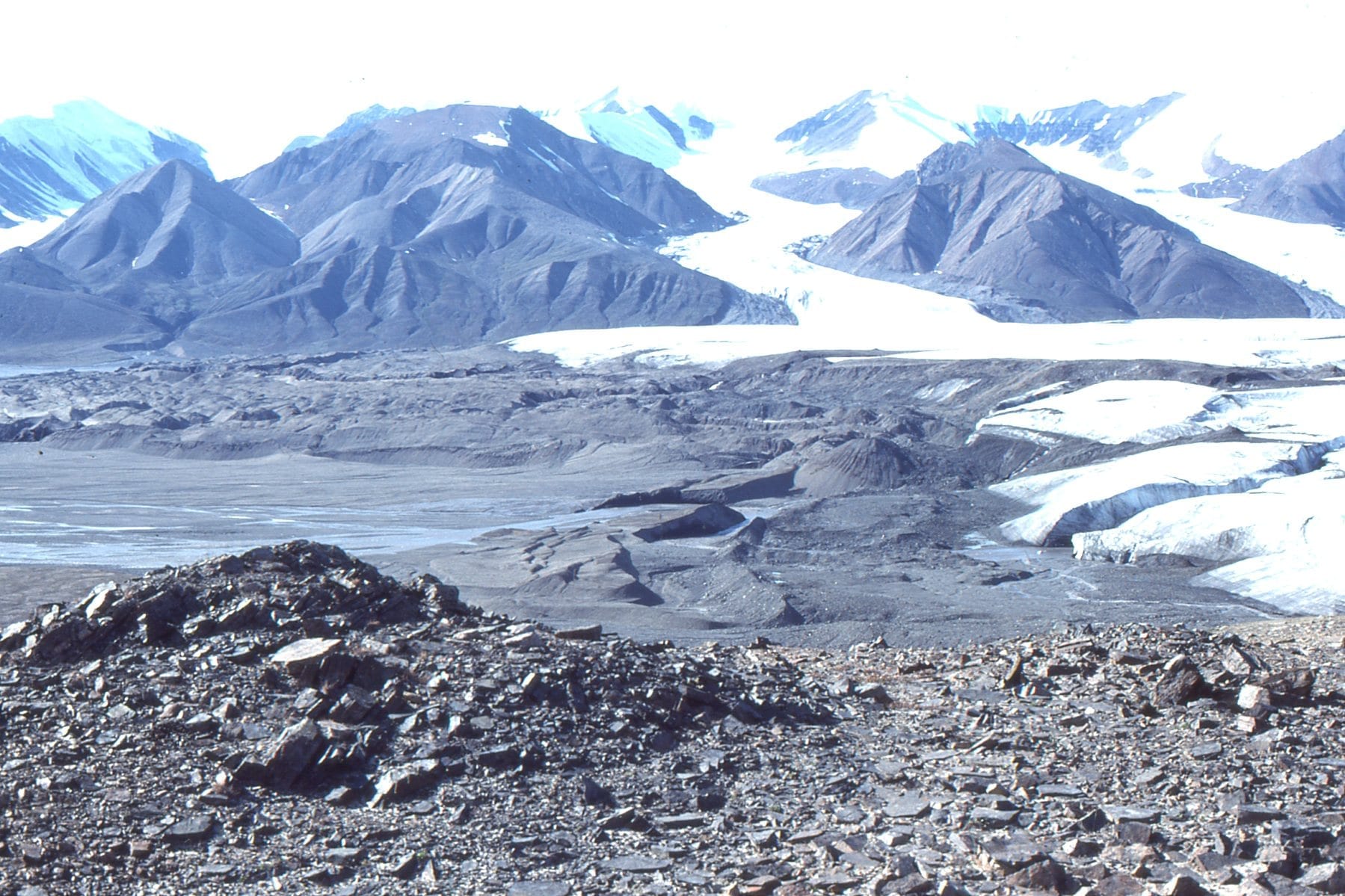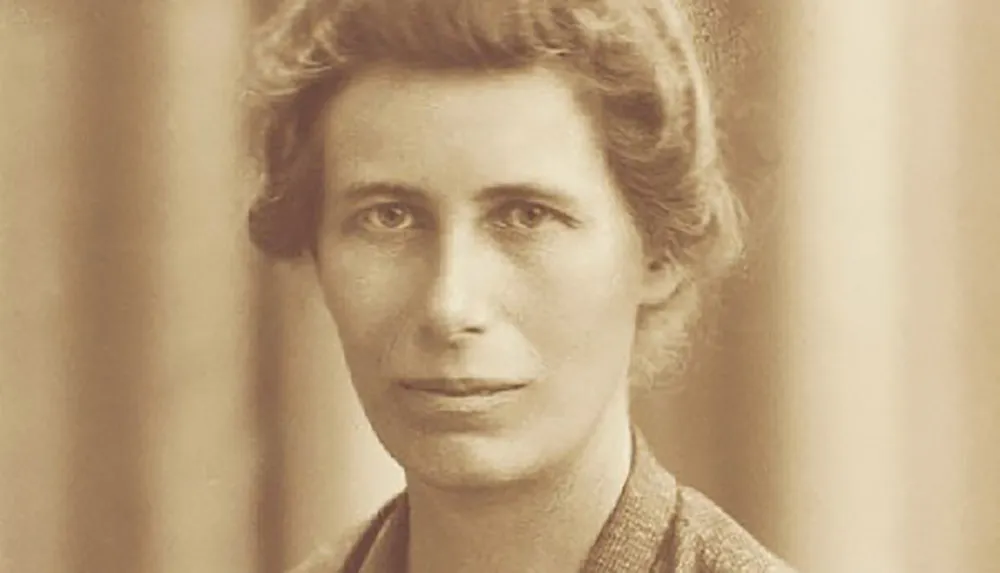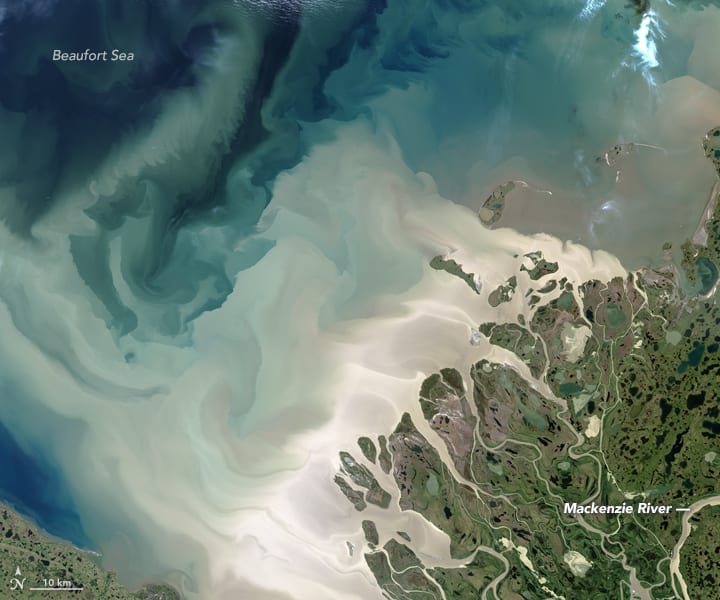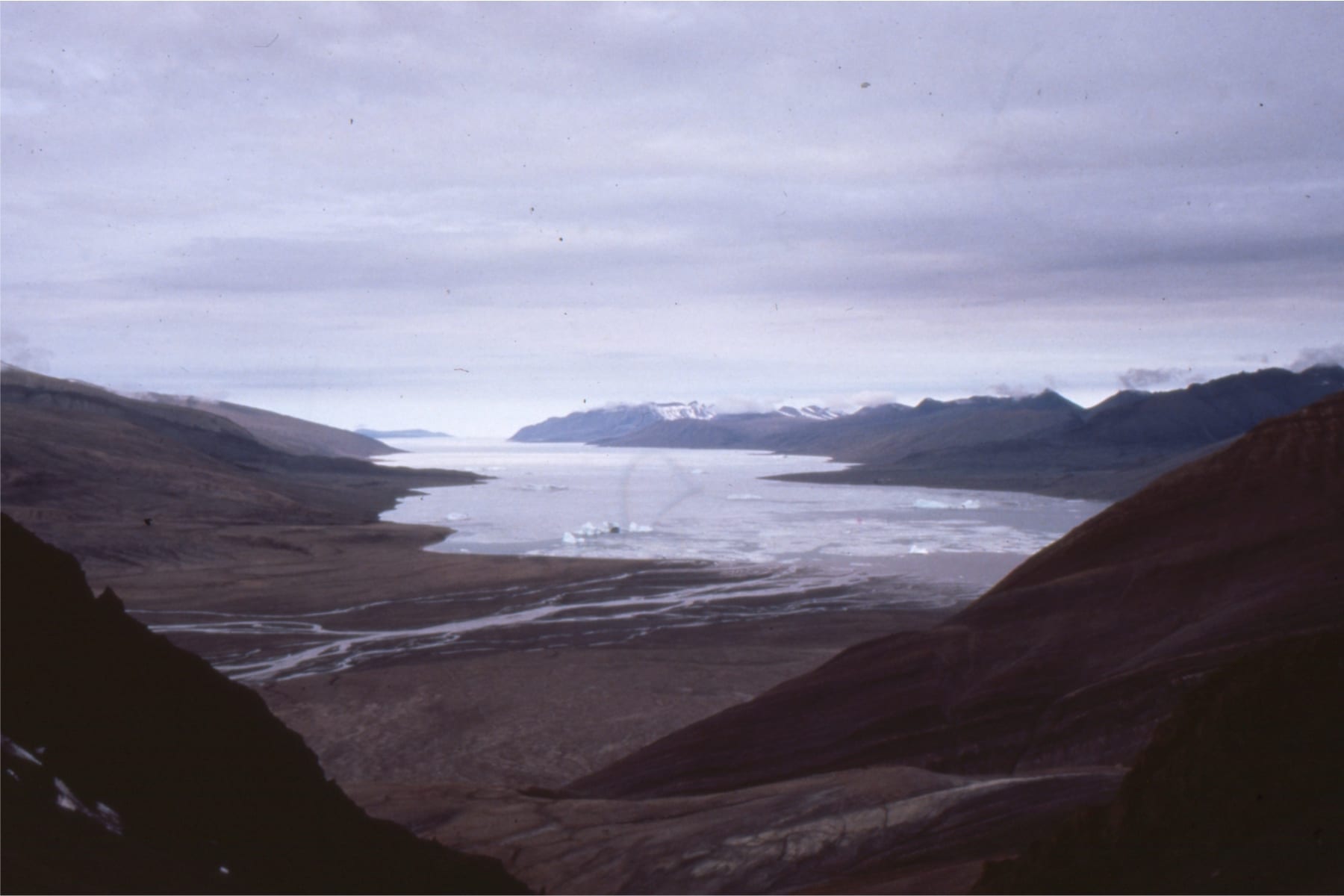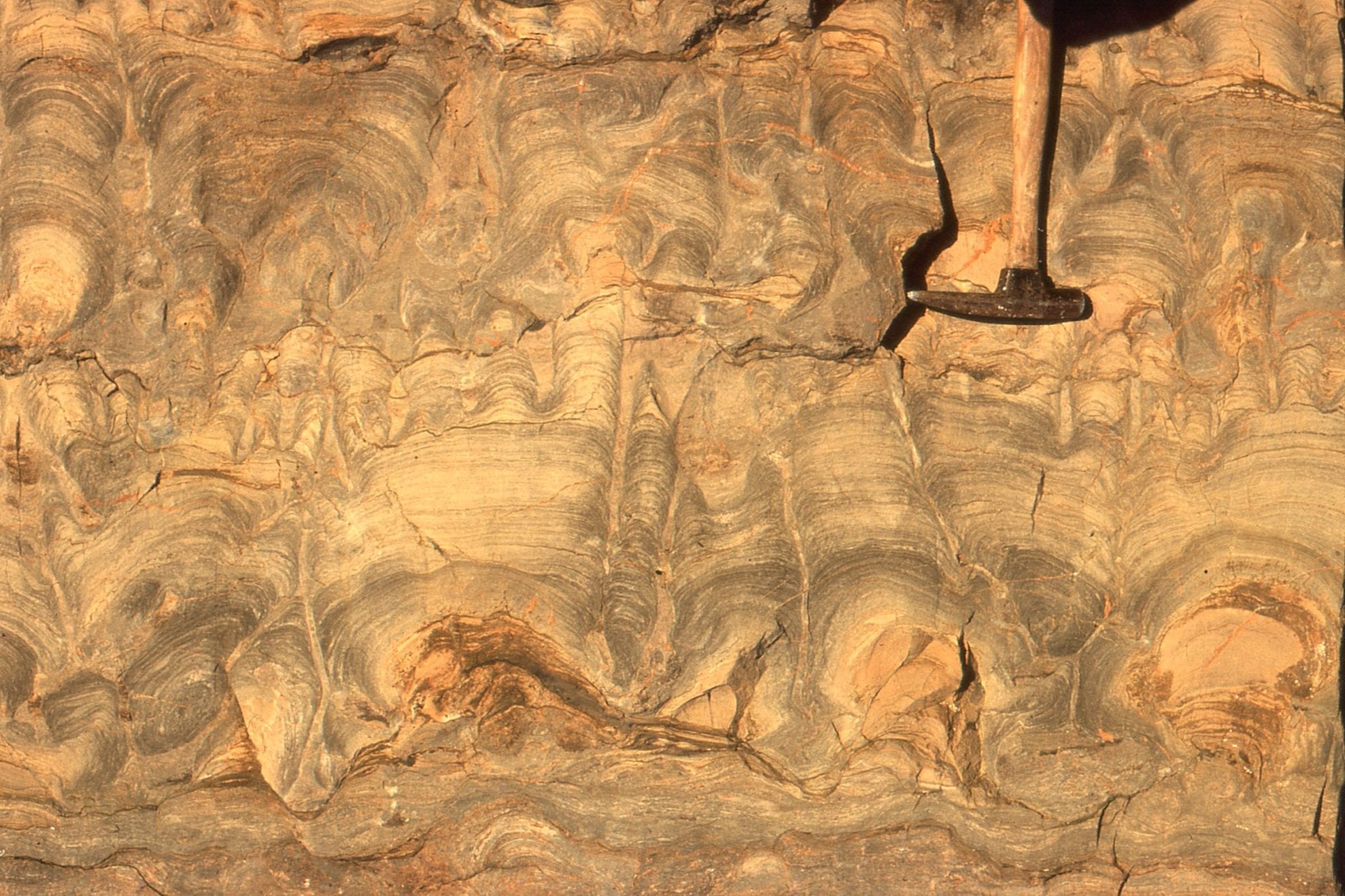This biography is part of the series Pioneering women in Earth Sciences – the link will take you to the main page.
Elizabeth Carne, born Penzance, Cornwall.
Elizabeth Catherine Thomas Carne was a well-known and respected figure in Victorian Cornwall, but until recently had all but disappeared from historical commentaries. Very little has been written about her unlike some other female luminaries who were her contemporaries. The most comprehensive and available text about her life is that by Melissa Hardie-Budden, 2014.

Elizabeth’s skills as naturalist, philanthropist, and social scientist were highly valued. Elizabeth was also a banker, having inherited her grandfather’s establishment after the death of her father. She was a regular contributor to the London Quarterly Review (apparently under a pseudonym), published geological papers, notebooks including one on British shells, and two books, one a travelogue Country Towns (1868), and the other more philosophical The Realm of Truth (1873) that was published just before her death by the same company that released the Brontë sisters novels. Some of these publications were authored anonymously, such as her almost autobiographical Three Months Rest at Pau in the Winter and Spring of 1859 (1860) writing under the pen name John Altrayd Wittitterly that describes in a series of anecdotes political, social, geological and botanical subjects (Melissa Hardie-Budden, 20..). Like other women naturalists of the time she was a talented illustrator and water-colourist.
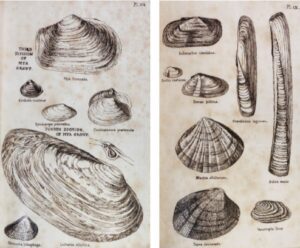
Carne has been described as a polymath (Hardie-Budden, op cit.) who was as comfortable investigating and debating the merits of geological theory, conchology, and other naturalist pursuits, as she was philosophical, theological, and socio-political topics relevant to her contemporary society. She was particularly concerned and philanthropically involved with the poor and sick.
Carne combined banking and philanthropy with her love of geology, the latter undertaken in Cornwall. She published four papers under her own name in the Royal Geological Society of Cornwall Transactions (she was the first woman member elected to this society in 1865), including one that reveals a description of ancient sea levels; Cliff Boulders and the Former Condition of the Land and Sea in the Land’s End district. She identified features of the boulders that were like modern deposits along the Land’s End shore, but elevated well above the present shoreline. She was well read, but I cannot ascertain whether she was conversant with the Hutton or Lyell texts. Regardless, her interpretation of the boulders as an ancient beach, formed at a different relative sea level, shows interpretive skills that extended beyond the standard diluvian dogma.
Elizabeth Carne’s geological papers published under her own name with the Royal Geological Society of Cornwall
- ‘The evidence to be derived from Cliff Boulders with regard to a former condition of the land and sea in the Land’s End district, Transactions of the Royal Geological Society of Cornwall vii, pp. 369-378. 1860.
- Enquiry into the Age of that part of the district of the Maritime Alps which surrounds Mentone, VII: 433-440, 1865.
- On Transition and Metamorphosis of Rocks in the Land’s End District, IX: 1-21, 1875. https://archive.org/details/transactionsroy09corngoog/page/n28/mode/2up
- Enquiry into the nature of the Forces that have acted on the Formation and Elevation of the Land’s End Granite, (‘On Granite’ 1st read to Annual Meeting 30 Oct 1874, by the Curator, posthumously). Published IX: 132-151, 1875.
References
Melissa Hardie-Buden, 2014. Catherine Thomas Carne: A 19th century Hypatia and her circle. Royal Geological Society of Cornwall transactions, XXIII, p. 16-39. PDF
Jill George and John Dirring, 2022. The Light Among Us: The Story of Elizabeth Carne, Cornwall. Atmosphere Press.
